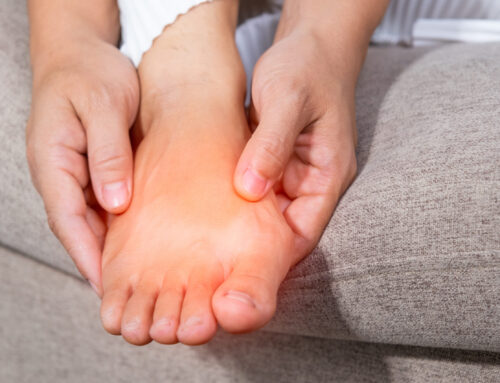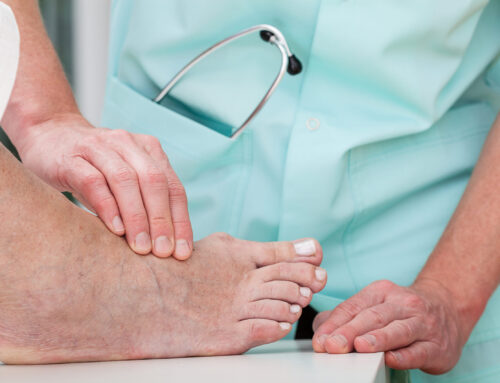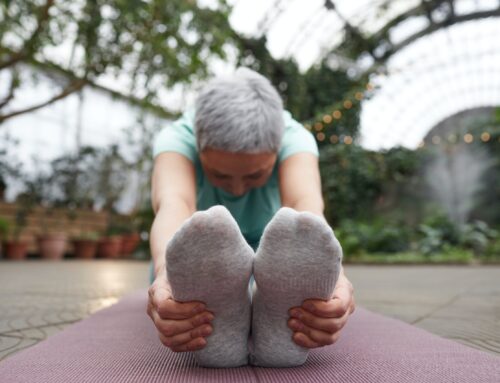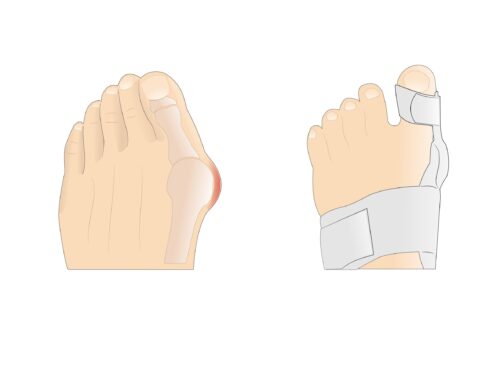When it comes to bunion surgery, we often hear that people put it off because of recovery concerns. With traditional surgery, the recovery is indeed quite long and includes time off your feet where your daily life is severely impacted.
Thankfully, there is a viable alternative for people suffering from bunions and foot pain. Though we may be a bit biased, we believe minimally invasive bunion surgery is much better in just about every regard when compared to traditional surgery. Here, we’ll explain what patients can expect from minimally invasive surgery, along with a few bunion surgery recovery tips that you can use to ensure your well-being. By the end of the article, we’re sure you’ll agree that minimally invasive surgery is the way to go!
What is Minimally Invasive Bunion Surgery Like?
The big reason why minimally invasive bunion surgery presents fewer recovery complications is that it’s a less invasive procedure than traditional bunion surgery. While traditional methods of treating bunions involve opening up the foot with a large incision and placing screws or other sutures to realign it, minimally invasive surgery is –– as its name suggests –– much more nuanced. Instead, minimally invasive surgery allows the surgeon to treat a bunion with very small incisions. The entire procedure lasts only around one hour, and most patients only need a compression bandage on their foot upon completion. You don’t have to do anything to prepare for a bunion surgery either since we only use nitrous oxide and local anesthesia during the surgery.
Bunion Surgery Recovery (ie. Fasting)
As opposed to traditional bunion surgery, which may force patients to stay off their feet for weeks or even months at a time, most of our patients at Northwest Surgery Center are able to resume normal, daily activities almost immediately after surgery. In fact, patients who undergo minimally invasive bunion surgery typically are able to drive back home and many go to work the day following their procedure. The exception to this rule depends on an individual’s work demands. For example, a construction worker may need to take a few weeks off of work.
This also allows us to perform two bunion surgeries on back to back days. With no time off your feet, you could get rid of two bunions and get back to your regular routine faster than ever before.
Bunion Surgery Recovery Tips for Ensuring Timely Recovery
For the most part, people are able to get right back into the swing and rhythm of their “normal” life after minimally invasive bunion surgery. There are a few caveats to keep in mind, though. In the immediate aftermath of bunion surgery avoid all of the following:
- Operating heavy machinery.
- High impact, high-intensity activity that requires you to bend your toes
- Swimming or any activity that will get your bandages wet.
Patients will also need to wear a small post-operative shoe for up to four weeks following minimally invasive bunion surgery.
Tips for Preventing Bunions in the Future
It’s difficult to overstate just how preferable minimally invasive bunion surgery is when compared to other treatment methods. That’s because minimally invasive bunion surgery helps treat bunions while also reducing the possibility of developing them again. Traditional surgery may lead to a number of risks and complications for further foot pain. And over-the-counter products like bunion correctors don’t treat the source of bunion pain. Other ways patients can minimize the likelihood of their bunions from recurring include:
- Monitoring foot health closely.
- Exercising your feet and toes on a regular basis.
- Wearing appropriate footwear.
- Stretching exercises
Contact Us
Minimally invasive bunion surgery can help people get back to living their lives to the fullest –– pain-free. If you’ve been hesitant about bunion surgery in the past, know that you now have an alternative option. Here at Northwest Surgery Center, we’re happy to answer any questions you may have about our methods and what you can expect from minimally invasive surgery. So contact us here to learn more!





